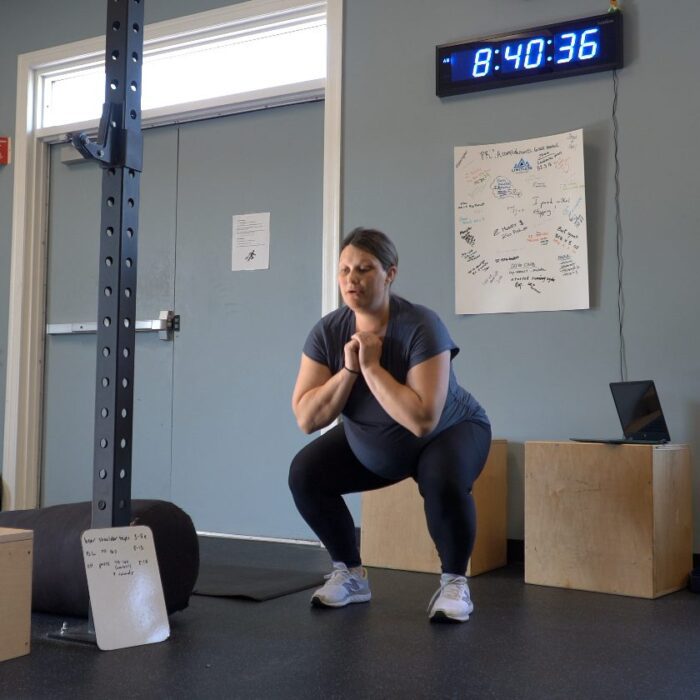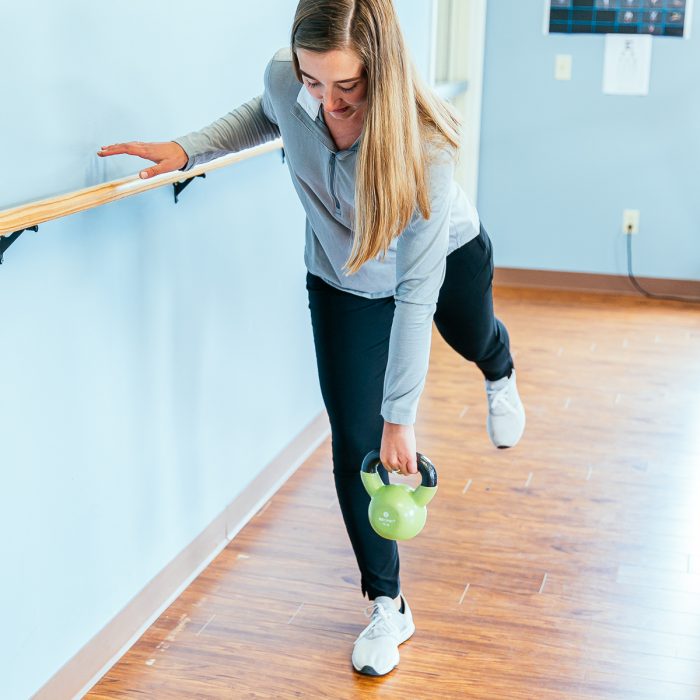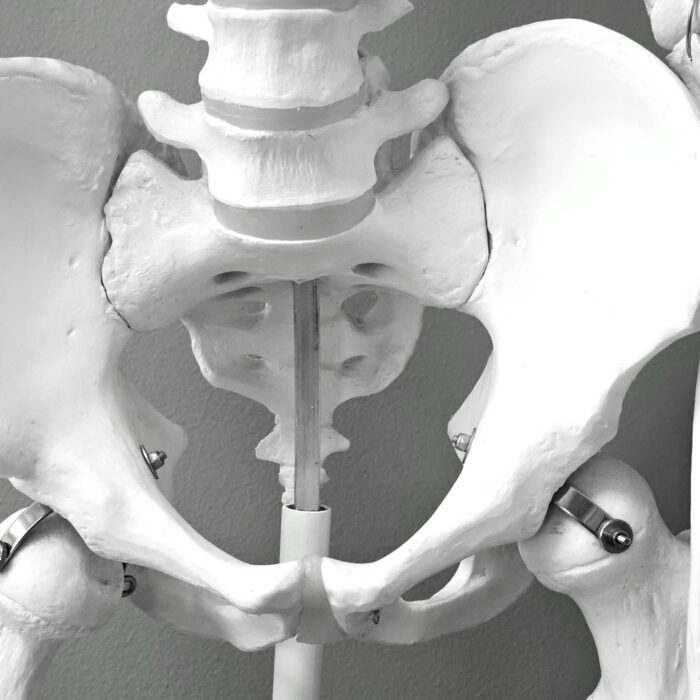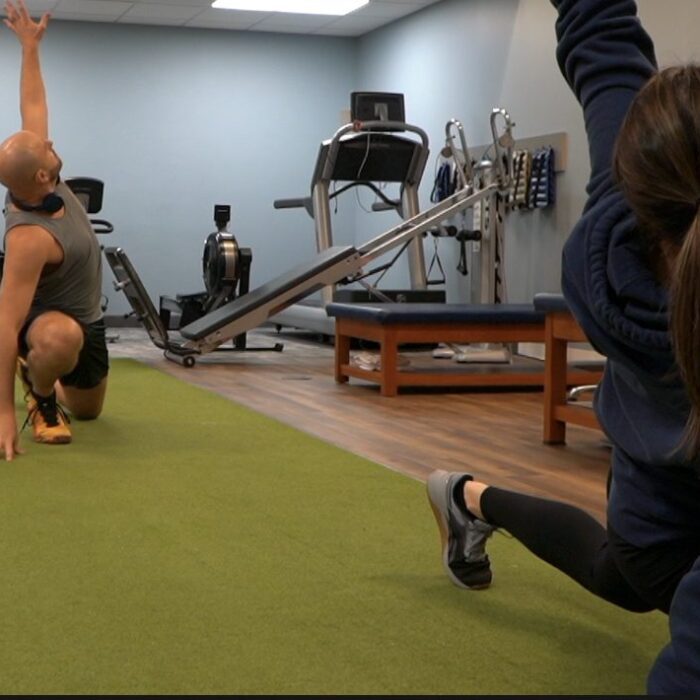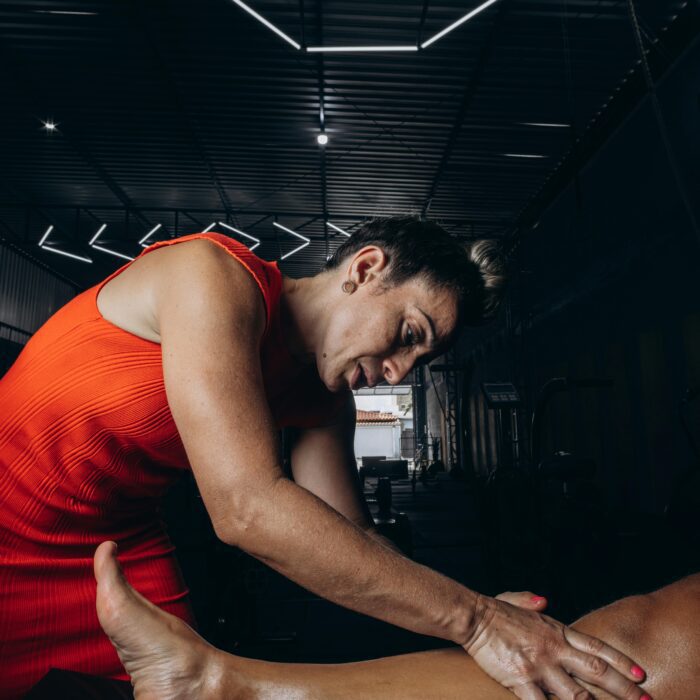Physical therapy is an important component to the recovery process following back surgery, playing a pivotal role in guiding patients toward optimal healing and functionality. By integrating targeted exercises and therapeutic techniques, physical therapy addresses the multifaceted challenges that arise post-surgery, ensuring a comprehensive rehabilitation journey.
Understanding the Importance of Physical Therapy Post-Surgery
Physical therapy is an important component in restoring strength, flexibility, and overall function. After surgery, patients often experience muscle weakness and reduced mobility due to inactivity during the healing process. Engaging in a structured physical therapy program helps rebuild muscle strength, particularly in the core and back muscles, that are affected during surgery. Strengthening is essential for facilitating a return to daily activities. Additionally, physical therapy incorporates stretching exercises that enhance flexibility and restoring range of motion. By systematically improving these physical attributes, patients can achieve a more efficient and comfortable recovery.
Therapists also employ various techniques, such as manual therapy and therapeutic modalities. These methods not only provide immediate relief but also allow return to comfortable movements and exercises sooner.
Preventing complications is another critical aspect of post-surgical physical therapy. Without guided rehabilitation, patients are at risk of developing issues such as muscle atrophy and joint stiffness due to prolonged inactivity. Physical therapy programs are designed to keep patients active in a controlled and safe manner, thereby reducing the likelihood of these complications. Physical therapists also monitor your healing process, identifying any red flags that should be addressed to your surgeon.
When to Begin Physical Therapy
Depending on the type of back surgery performed, your time to start PT and how long you will be going to PT may vary.
Typical Timeline for Initiating Physical Therapy
The commencement of physical therapy post-back surgery varies based on the type of procedure performed:
- Microdiscectomy: Patients may begin light physical therapy exercises, such as walking and gentle stretching, within the first few weeks after surgery. More structured physical therapy programs often start around 4 to 6 weeks post-operation.
- Spinal Fusion: For this procedure, physical therapy typically begins later. Initial rehabilitation may start approximately 6 to 8 weeks after surgery, focusing on pain management and restoration of strength and range of motion.
Importance of Early Mobilization
Early mobilization, defined as initiating movement soon after surgery, is essential for preventing complications and promoting healing. Engaging in activities like getting out of bed, sitting, and walking shortly after surgery can reduce the risk of blood clots, pneumonia, muscle weakness, and other post-operative complications. Mobilization improves blood circulation, delivering oxygen and nutrients to the surgical site, which facilitates tissue repair and reduces inflammation.
What to Expect During Physical Therapy Sessions
Initial Evaluation
The first session typically begins with a comprehensive assessment conducted by the physical therapist. This evaluation is crucial for developing a personalized treatment plan and includes several key components:
- Medical History Review: The therapist will discuss your past medical history, including previous injuries, surgeries, and any chronic conditions. Understanding your medical background helps identify factors that may influence your recovery and tailor the therapy accordingly.
- Symptom Discussion: You'll be asked about your current symptoms, such as pain levels, numbness, or mobility issues. Detailing the nature, onset, and progression of these symptoms provides insight into your condition and helps in setting appropriate therapy goals.
- Physical Examination: The therapist will assess various physical attributes, including:
- Range of Motion Measurements: Assessing the flexibility and movement capacity of your spine and related joints to determine any limitations.
- Strength Testing: Measuring the strength of muscles supporting the spine to identify weaknesses that need to be addressed.
- Functional Evaluations: Observing your ability to perform daily activities to understand how your condition impacts your life.
Treatment Plan Development
Based on the findings from the initial evaluation, the physical therapist will craft a personalized rehabilitation program tailored to your specific needs and goals. This plan may include:
- Manual Therapy: Hands-on techniques such as joint mobilization to reduce pain and improve mobility.
- Stretching Exercises: Targeted stretches to enhance flexibility and prevent stiffness.
- Strengthening Routines: Exercises designed to rebuild muscle strength, particularly in the core and back to improve capacity
The therapist will explain each component of the plan, ensuring you understand the purpose and expected outcomes. Collaboration is key, and your input regarding comfort levels and personal goals will be integral to the plan's success.
Tips for Maximizing Recovery Through Physical Therapy
Maximizing recovery after back surgery requires a multifaceted approach, with physical therapy playing a central role. To achieve the best outcomes, patients should focus on adherence to their therapy program, maintain open communication with their therapist, and adopt supportive lifestyle modifications.
Adherence to the Program
Consistently following the prescribed physical therapy regimen is crucial for a successful recovery. Regular attendance at therapy sessions and diligent performance of assigned exercises at home facilitate the restoration of strength, flexibility, and overall function. Deviating from the program can impede progress and potentially lead to setbacks. Patients are encouraged to view their therapy schedule as a vital component of their healing process, committing to it with the same seriousness as they would any other medical treatment.
Open Communication
Maintaining transparent communication with the physical therapist is essential. Patients should promptly report any pain, discomfort, or concerns that arise during rehabilitation. This dialogue allows the therapist to adjust the treatment plan as needed, ensuring that exercises remain safe and effective. Addressing issues early can prevent minor problems from escalating into significant complications, thereby promoting a smoother recovery journey.
Lifestyle Modifications
Adopting healthy lifestyle habits significantly supports the recovery process. Maintaining a balanced diet rich in essential nutrients aids tissue repair and boosts overall well-being. Incorporating anti-inflammatory foods, such as fruits, vegetables, and lean proteins, can further enhance healing. Additionally, avoiding activities that increase symptoms out of tolerance, should be temporarily modified. Implementing these lifestyle changes creates an environment conducive to healing and long-term spinal health.

